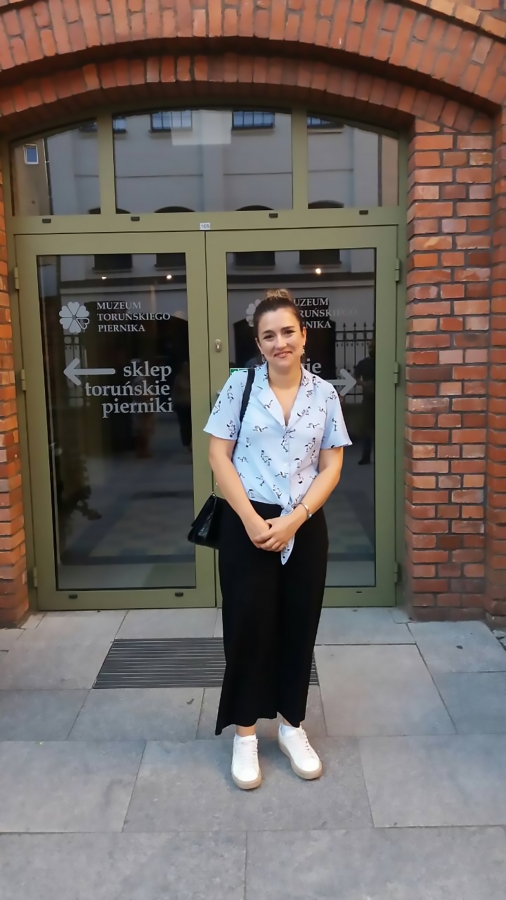
W dniu 19 czerwca 2018 r. odbyło się seminarium naukowe dotyczące analizy finansowych szeregów czasowych z wykorzystaniem regresji kwantylowej i technik bayesowskich.
Referat pt. ‘A Bayesian quantile time series model for asset returns’ wygłosiła dr Gelly Mitrodima z Departamentu Statystyki w London School of Economics and Political Science w Wielkiej Brytanii. W spotkaniu wzięli udział pracownicy Katedr: Ekonometrii i Statystyki oraz Zastosowań Informatyki i Matematyki w Ekonomii oraz zaproszeni goście z ośrodków ekonometrycznych w całej Polsce. Seminarium prowadziła prof. dr hab. Magdalena Osińska.
A Bayesian quantile time series model for asset returns - abstract:
The conditional distribution of asset returns has been widely studied in the literature using a wide range of models for the conditional time-varying variance or volatility. However, empirical studies show that other features of the distribution of asset returns may also vary over time. Our aim is to study the time variation in the return distribution beyond volatility, described by a collection of conditional quantiles. Direct modelling of quantile for Bayesian inference is challenging, since it involves analytic expressions for both the quantile function and its inverse to define the likelihood. Thus, we propose a novel class of Bayesian non-parametric priors for quantiles built around a random transformation. This allows fast and efficient Markov chain Monte Carlo (MCMC) methods to be applied for posterior simulation and forecasting. Under this framework, we avoid strong parametric assumptions about the underlying distribution, and so we obtain a model that is flexible about the shape of the distribution. We define a stationary model and we derive the stationary mean and variance of the quantiles. In our empirical exercise, we find that the model fits the data well, offers robust results, and acceptable forecasts for a sample of stock, index, and commodity returns.



 ul. Gagarina 13a, 87-100 Toruń
ul. Gagarina 13a, 87-100 Toruń